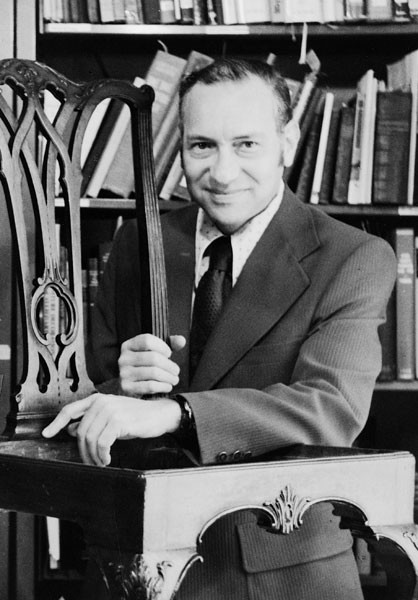
Benno M. Forman, undated photo. (Courtesy, Winterthur Museum.)

Cabinet attributed to the Symonds shops, Salem, Massachusetts, 1679. Red oak, black walnut, eastern red cedar, and soft maple with white pine. H. 17 3/4", W. 17 1/4", D. 9 3/4". (Courtesy, Metropolitan Museum of Art, gift of Mrs. Russell Sage; photo, Gavin Ashworth.) This cabinet has a history of ownership in the Herrick family.

Cupboard, northern Essex County, Massachusetts, 1685–1690. Oak and maple with oak and pine. H. 58 3/4", W. 48 1/2", D. 19 3/8". (Courtesy, Museum of Fine Arts, Boston, gift of Maurice Geeraerts in memory of Mr. and Mrs. William H. Robeson.)
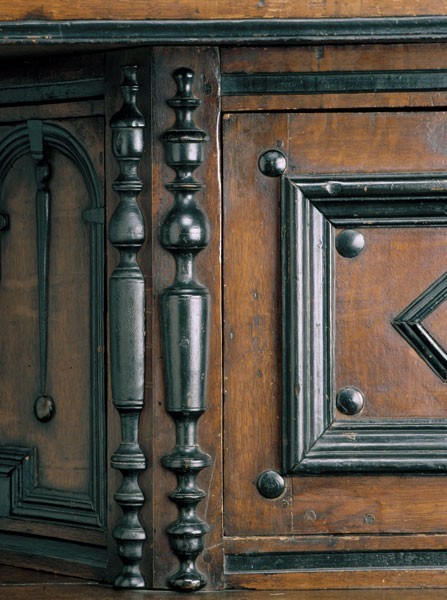
Detail of the canted panel of the cupboard illustrated in fig. 3.

Bedstead, probably Ware, England, 1590–1600. Oak and unidentified light and dark woods. H. 105 1/8", W. 128 3/8*", D. 133". (© V&A Images/Victoria and Albert Museum, London, www.vam.ac.uk; purchased with the assistance of the National Art Collections Fund.)

Stephen Harrison, design for a triumphal arch, London, 1603. Engraving. (© V&A Images/Victoria and Albert Museum, London, www.vam.ac.uk)

Stephen Harrison, design for a triumphal arch, London, 1603. Engraving. (© V&A Images/Victoria and Albert Museum, London, www.vam.ac.uk.)

Wendel Dietterlin, design for a chimneypiece, 1598. Etching. (© V&A Images/Victoria and Albert Museum, London, www.vam.ac.uk.)

Hall screen, Burton Agnes Hall, Yorkshire, England, 1610. (Courtesy, Jarrold Publishing and Burton Agnes Hall.)

Robert Smythson, Surveyor, Wollaton Hall, Nottinghamshire, England, 1580–1588. (Courtesy, Wollaton Hall.)
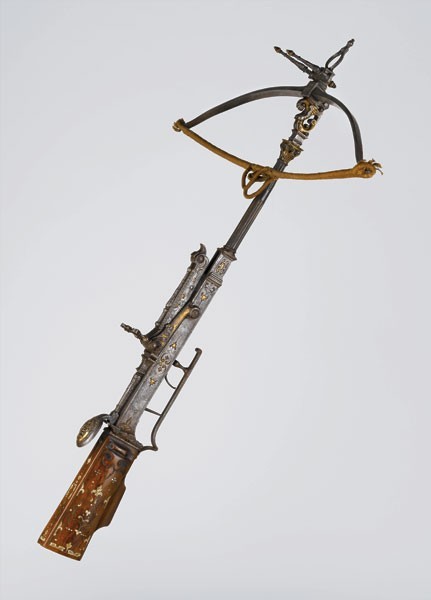
Stone bow, probably eastern France or Germany, early seventeenth century. Fruitwood, unidentified marquetry woods, steel, silver wire inlay, mother-of-pearl, gilding. L. 33". (Courtesy, Joe Kindig Antiques; photo, Gavin Ashworth.)

Side chair, Philadelphia, Pennsylvania, 1740–1750. Walnut. H. 41 5/8", W. 20 3/4", D. 21". (Chipstone Foundation; photo, Gavin Ashworth.)
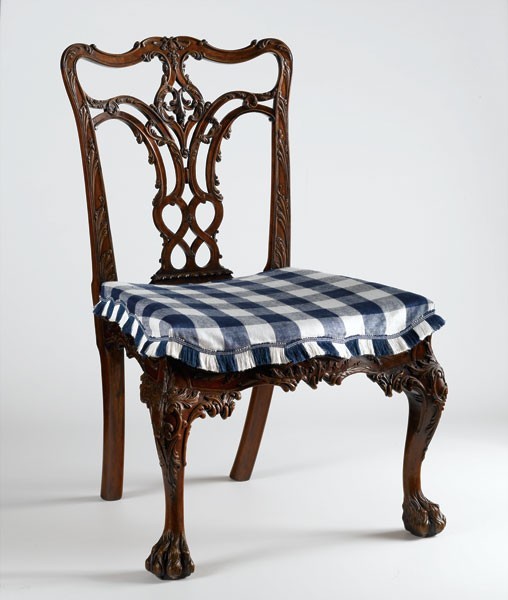
Side chair attributed to the shop of Benjamin Randolph, Philadelphia, Pennsylvania, ca. 1769. Mahogany with white cedar. H. 36 3/4", W. 21 3/4", D. 17 7/8" (seat). (Chipstone Foundation; photograph, Gavin Ashworth.)
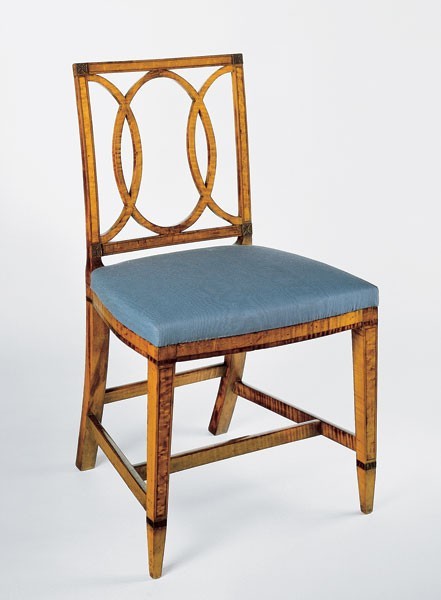
Side chair, Boston, Massachusetts, ca. 1800. Maple, birch, and maple veneer. H. 35", W. 22 1/2", D. 23 1/8". (Chipstone Foundation; photo, Gavin Ashworth.)

Side chair, Milford, Connecticut, ca. 1820. (Courtesy, New Haven Colony Historical Society; reproduced from an illustration in Robert F. Trent, Hearts and Crowns: Folk Chairs of the Connecticut Coast, 1720–1840 [New Haven, Conn.: New Haven Colony Historical Society, 1977], p. 73.)
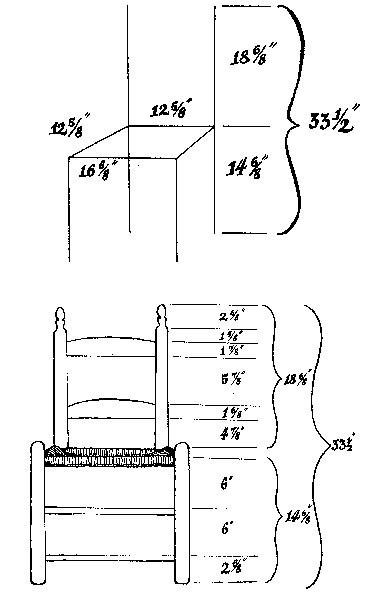
Dimensional diagram of the chair illustrated in fig. 15. (Courtesy, New Haven Colony Historical Society; reproduced from an illustration in Robert F. Trent, Hearts and Crowns: Folk Chairs of the Connecticut Coast, 1720–1840 [New Haven, Conn.: New Haven Colony Historical Society, 1977], p. 73.)
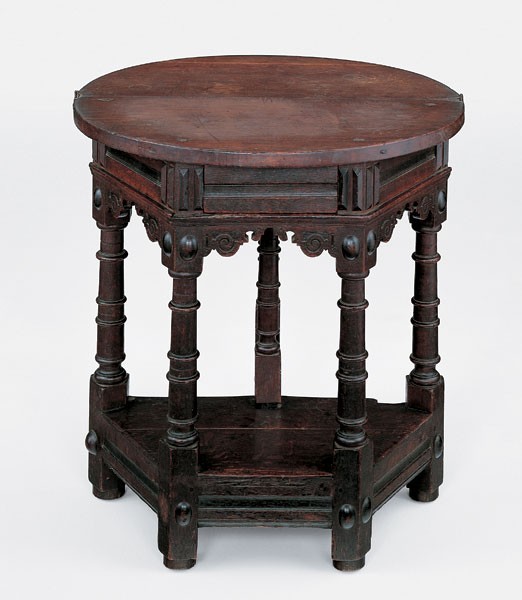
Folding table, Boston, Massachusetts, 1650–1680. Black walnut, red oak, maple, and cedrela with oak and white pine. H. 28 1/2", W. 28 3/4", D. 28 3/4" (open). (Chipstone Foundation; photo, Gavin Ashworth.)
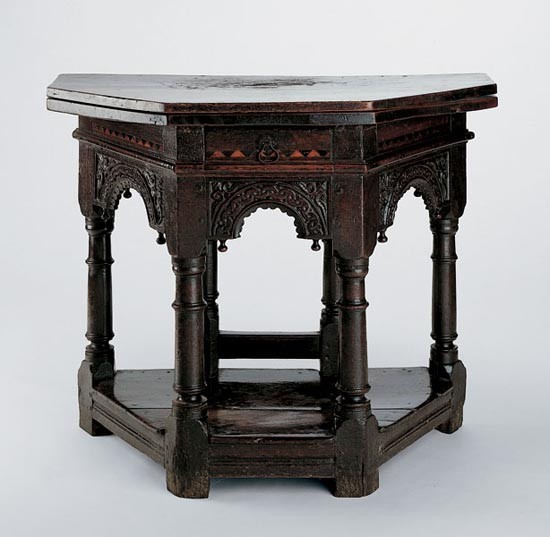
Folding table, England, 1600–1650. Oak. Dimensions not recorded. (Private collectoin; photo, Peter Frahm.)
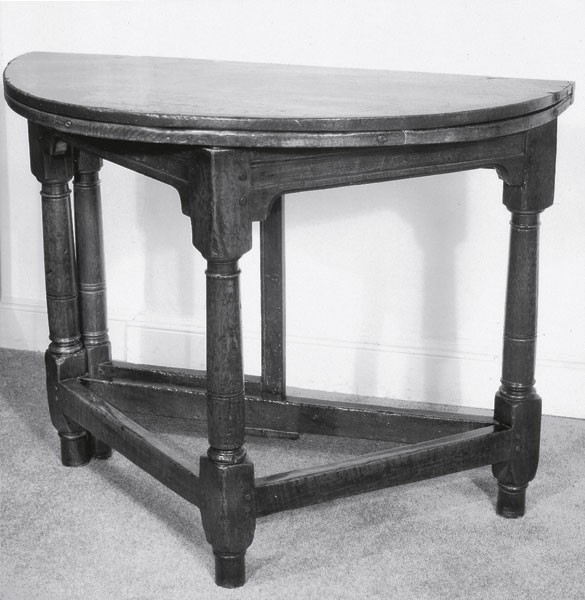
Folding table, England, 1600–1650. Oak. Dimensions not recorded. (Courtesy, William H. Stokes.)
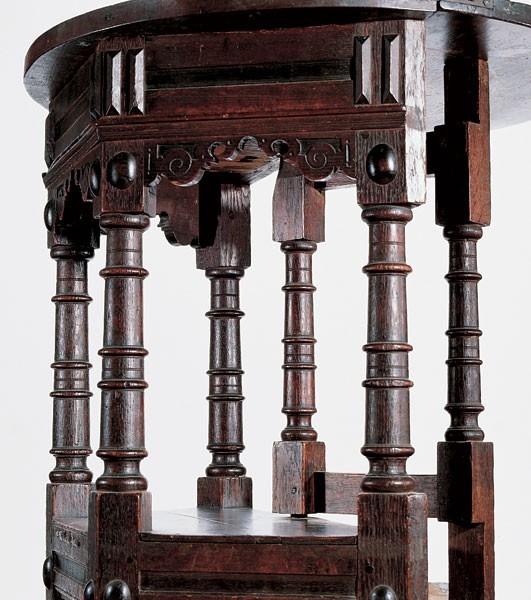
Detail showing the turned legs and trapezoidal upper and lower frame of the table illustrated in fig. 17. (Photo, Gavin Ashworth.)

Detail showing a carved bracket, bosses, and glyphs on the table illustrated in fig. 17. (Photo, Gavin Ashworth.)

Plate 120 verso in Philibert de l’Orme, Le premier tome de l’architecture, 1568. (Courtesy: Houghton Library, Harvard University, Typ 515.68.532.)

Detail showing the pentagonal leg stiles of the table illustrated in fig. 17. (Photo, Gavin Ashworth.)
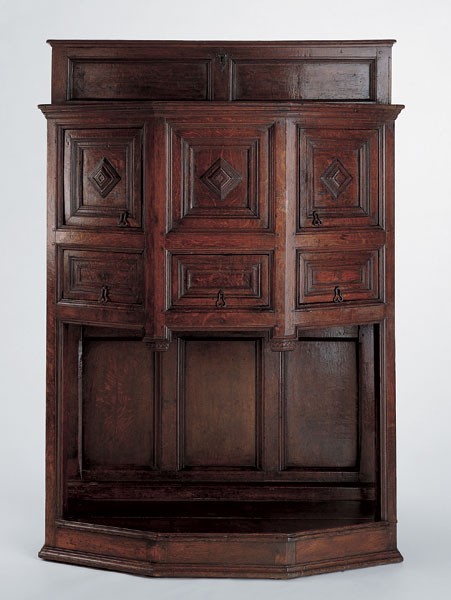
Cupboard, England, ca. 1540. Oak. Dimensions not recorded. (Private collection.) This remarkable early cupboard has a set-back upper section with “secret” sliding panels.

House front, London, ca. 1600. Oak and leaded glass. (© V&A Images/Victoria and Albert Museum, London, www.vam.ac.uk.)
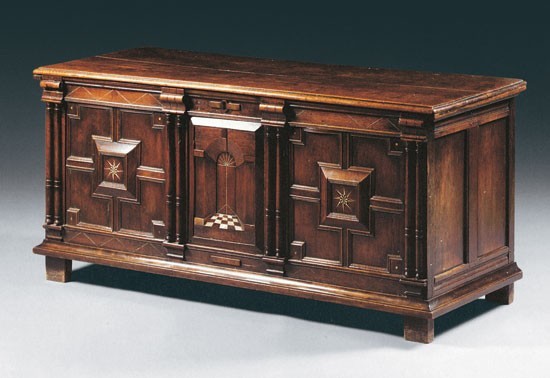
Chest, England, ca. 1680. Oak, bone, and mother-of-pearl inlay with unidentified secondary wood. H. 31", W. 67", D. 26 3/4". (Courtesy, Sotheby’s Olympia, London.)

Pulpit, Lincolnshire, England, 1646. Oak. (Courtesy, St. Margaret’s Church, Bucknall, and Reverend Simon Witcombe.)

Plate 30 in Hans Vredeman de Vries, La perspective (1604–5; reprint, Amsterdam, 1629). (Courtesy, University of Madison–Wisconsin Library, Special Collections.)
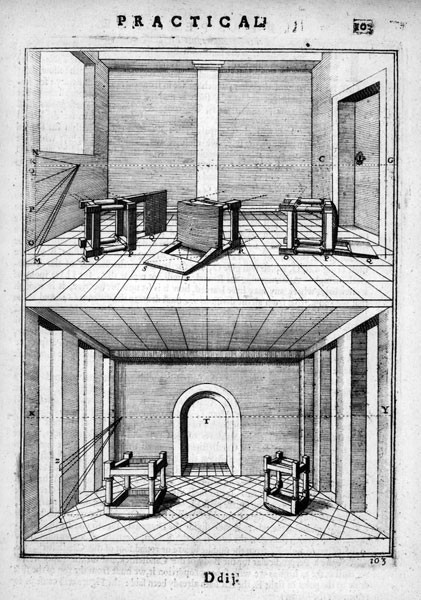
Jean du Brueil, La perspective pratique, London, ca. 1645. Engraving. (Reproduced by permission of the Huntington Library, San Marino, California.) This treatise was initially published between 1642 and 1649.

Inigo Jones, design for the House of Fame, from the Masque of Queens, performed in 1609. (Courtesy, Chatsworth House.)

Inigo Jones, set design for the masque Albion’s Triumph, 1632. (Courtesy, Courtauld Institute of Art.)
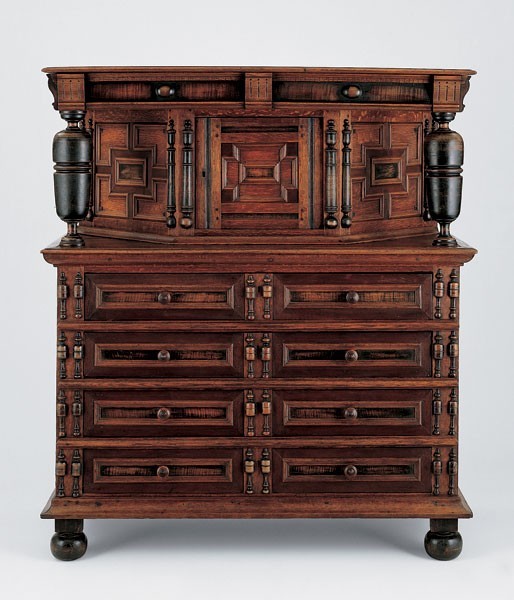
Cupboard, Boston, Massachusetts, 1670–1680. Oak, maple, cedar, and walnut with oak and white pine. H. 55 5/8", W. 49 1/2", D. 21 3/4". (Chipstone Foundation; photo, Gavin Ashworth.)
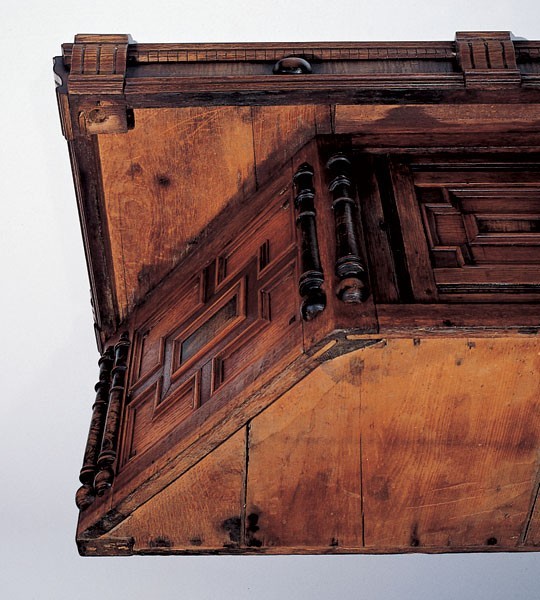
Detail showing the underside of the upper section of the cupboard illustrated in fig. 32. (Photo, Gavin Ashworth.)

Cupboard, Yorkshire, England, first half of the seventeenth century. Oak. H. 53", W. 52 1/2", D. 22". (Courtesy, Huntington Antiques, Stow on the Wold, Gloucestershire, England.)

Drawing of a stage cupboard, Flemish, 1549. (Courtesy, Warburg Institute and Cadland House, Fawley, Southampton.)
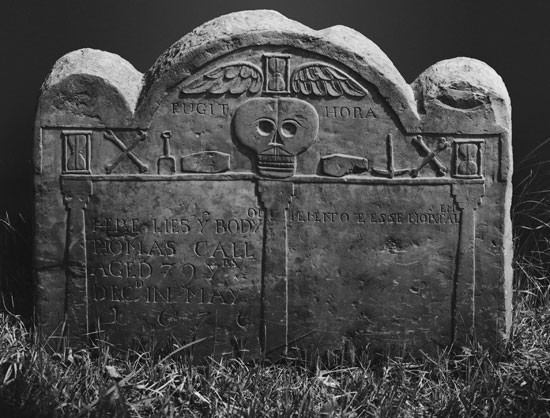
Gravestone of Thomas Call Jr., Malden, Massachusetts, 1678. (Courtesy, American Antiquarian Society, Farber Collection.)

The Execution of Charles I, England, 1649. Oil on panel. (Collection of Lord Dalmeny, on loan to the Scottish National Portrait Gallery.)
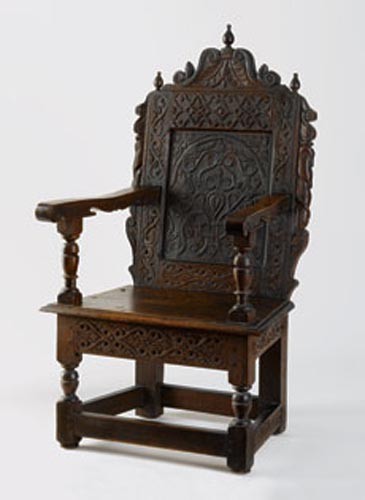
Great chair attributed to Thomas Dennis, Ipswich, Massachusetts, ca. 1670. Oak. H. 45", W. 25 3/4", D. 17 1/2". (Courtesy, Peabody Essex Museum; photo, Gavin Ashworth.)

Friedrich Unteutsch, design for a cartouche illustrated on pl. 50 in Neues Zieratenbuch den Schreinern Tischlern ofern Küstlern und Bildhauer sehr dienstlich, 1640–1650. (© V&A Images/Victoria and Albert Museum, London, www.vam.ac.uk.)
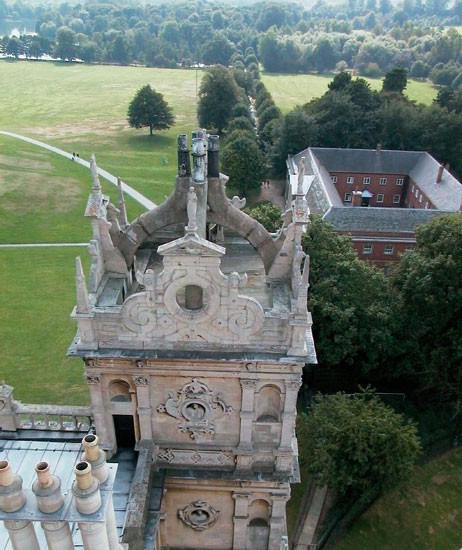
Entrance front gable, Wollaton Hall, Nottinghamshire, 1580–1588.
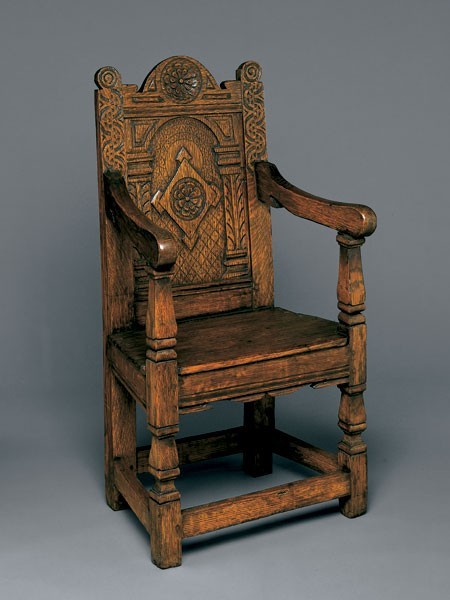
Great chair, probably Middletown, Connecticut, second half of the seventeenth century. Red oak. H. 44 1/4", W. 22 1/2", D. 19 1/2". (Chipstone Foundation; photo, John R. Glembin.)
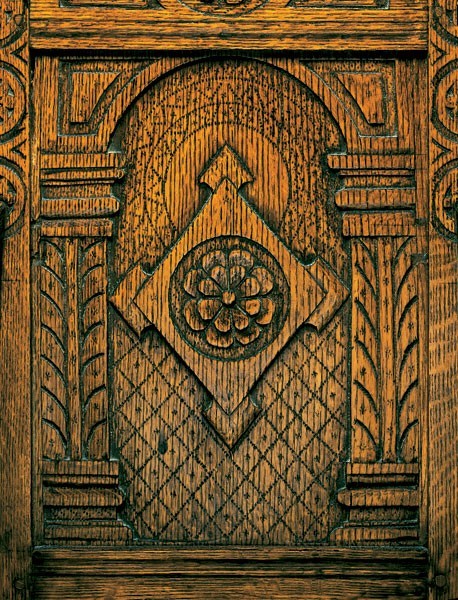
Detail of the back of the chair illustrated in fig. 41.

Armchair, Shrewsbury, England, 1662. Oak. Dimensions not recorded. (Reproduced from Victor Chinnery, Oak Furniture: The British Tradition [Suffolk, Eng.: Antique Collectors’ Club, 1979], fig. 2.11.) Richard Ellis made this chair for the Shrewsbury Drapers’ Company.
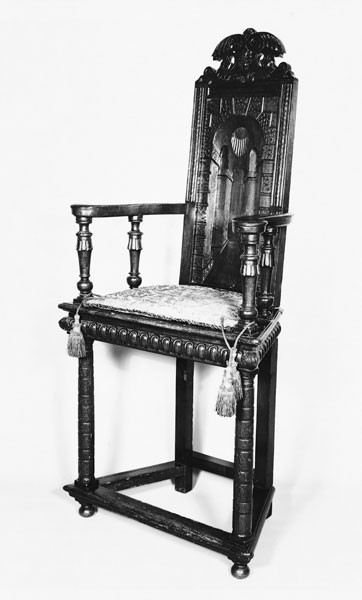
Armchair, French, sixteenth century. Walnut. H. 55 3/8", W. 24 5/8", D. 16 1/2". (Courtesy, Worcester Art Museum, Worcester, Massachusetts.)
